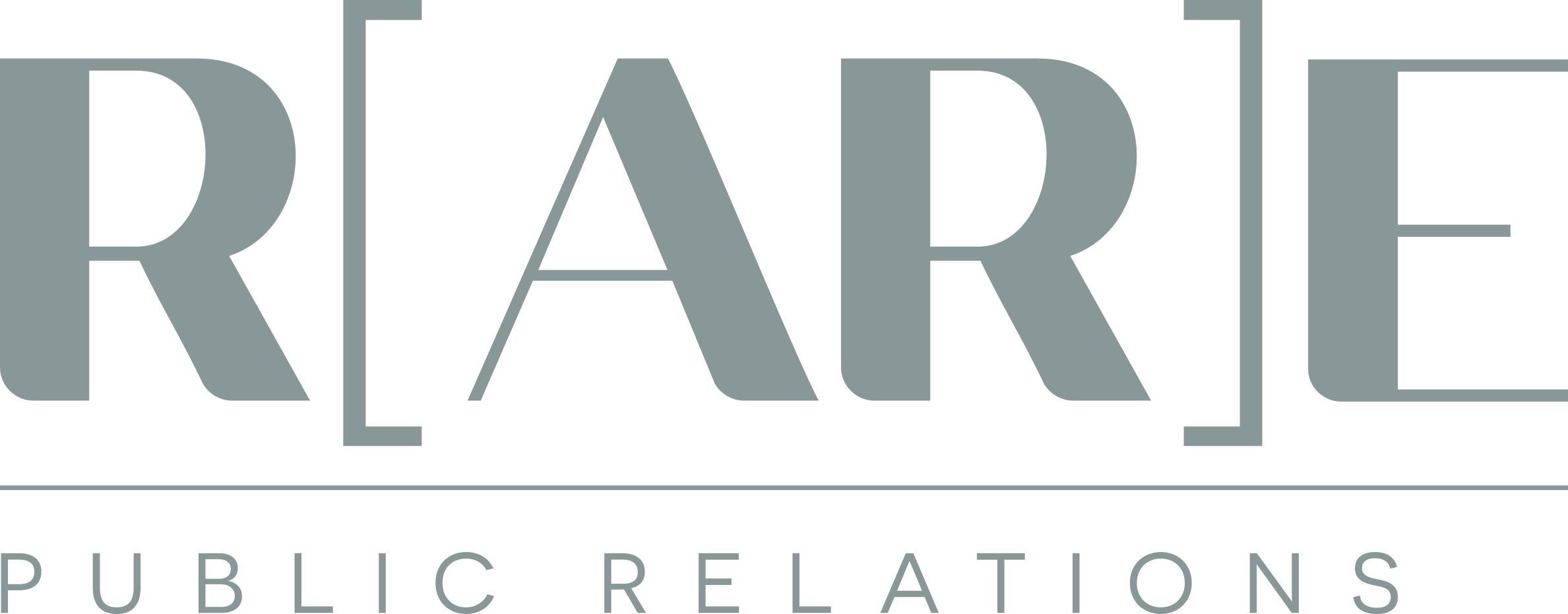Events have always played a role in real estate marketing, from groundbreaking ceremonies to ribbon cuttings, broker previews to community unveilings. But when planned strategically, real estate events can do more than fill a room. They can shape public perception, drive press coverage, and create meaningful brand engagement.
Today’s most effective real estate event PR strategies go beyond decor and guest lists. They initially integrate media planning, brand storytelling, and digital amplification. Whether launching a new development or celebrating a key milestone, events offer a rare opportunity to bring a brand narrative to life and position it in the public eye.
Why Events Still Matter in PR
In an increasingly digital world, in-person experiences offer something irreplaceable: immediacy. They allow audiences, whether media, investors, brokers, or community leaders, to experience a project or company firsthand. Events also create moments of momentum that PR teams can turn into compelling, time-sensitive stories.
Events provide an editorial reason to engage the media in particular. When coverage opportunities feel saturated, a unique, well-planned event can break through with exclusivity, access, and visual storytelling potential.
Types of Real Estate Events with PR Potential
While nearly any milestone can be transformed into a PR opportunity, certain types of events consistently offer strong media and brand returns:
- Groundbreakings and Toppings-Off: Useful for generating local business, construction, and economic coverage.
- Press Previews: Private walkthroughs or briefings for select media before public announcements.
- Grand Openings and Launch Parties: High-energy opportunities to showcase design, vision, and brand values.
- Community Engagement Events: Positioning the project or firm as a neighborhood contributor.
- Industry Panels or Broker Events: Offering thought leadership or network-building value.
The key is to match the event format to the message you want to convey and the audience you want to reach.
What Makes an Event PR-Worthy?
To be newsworthy, an event must offer at least one of the following:
- Access: Exclusive early look, behind-the-scenes preview, or high-profile attendees.
- Relevance: Tied to a current trend, issue, or local development conversation.
- Storytelling: A clear message that aligns with a broader brand narrative.
- Visual Appeal: Photo and video assets that support coverage and amplification.
PR teams must work closely with event planners to ensure these elements are baked into the experience, not added as afterthoughts.
How to Plan an Event That Drives PR Results
- Define the PR Objective
Clarify what success looks like: Is the goal media coverage? Community visibility? Broker engagement? The answer informs everything from the guest list to the run-of-show.
- Identify and Engage Media Targets Early
Press invitations should be sent out well in advance, and personal outreach to key reporters should begin even earlier. To increase interest, consider offering embargoed details or advance interviews.
- Align Messaging with the Event Narrative
Every touchpoint, press material, signage, and speech should reinforce your brand’s positioning. Consistency ensures the story is clear and cohesive, whether told by a spokesperson or covered in the media.
- Prepare the Press Kit in Advance
Digital press kits should include a press release, high-resolution images, leadership bios, fast facts, and relevant project details. Have them available on-site and ready to send the moment coverage begins.
- Use the Event to Capture Content
Events offer ideal opportunities to create content that can be reused across channels. Hire a professional photographer and videographer to capture the highlights and the brand atmosphere.
- Amplify Across Owned Channels
Leverage social media, email newsletters, and your website to expand the event’s reach beyond the room. Share highlights, testimonials, and media coverage in real time and post-event recaps.
- Follow Up Strategically
Send personalized thank-you notes and recaps to attendees, especially media contacts. Share additional story angles or quotes that didn’t get covered at the event.
Common Pitfalls to Avoid
- Overemphasis on spectacle without a strategic message
- Failing to consider what will interest journalists specifically
- Underinvesting in visuals or failing to capture content
- Not preparing talking points for spokespeople
- Treating the event as the end, rather than the beginning of a PR push
Maximizing the Value Post-Event
The best events continue to deliver value long after the last guest leaves. PR teams can repurpose content for blogs, pitch related trend stories, and use attendee feedback to refine future messaging.
Follow-up outreach may generate additional coverage from media unable to attend, especially if strong assets and clear storylines are provided.
Final Thoughts
Real estate events don’t just celebrate progress; they shape perception. When integrated with a thoughtful PR strategy, an event becomes more than a moment; it becomes a message.
From the first invitation to the final photo recap, every detail should be intentional, strategic, and aligned with the story your brand wants to tell.
Partner with R[AR]E Public Relations
At R[AR]E, we help real estate clients create events that don’t just impress, they influence. Through coordinated media strategy, content development, and post-event amplification, we ensure every event drives measurable visibility.
Ready to turn your next milestone into media momentum? Schedule a consultation today.



